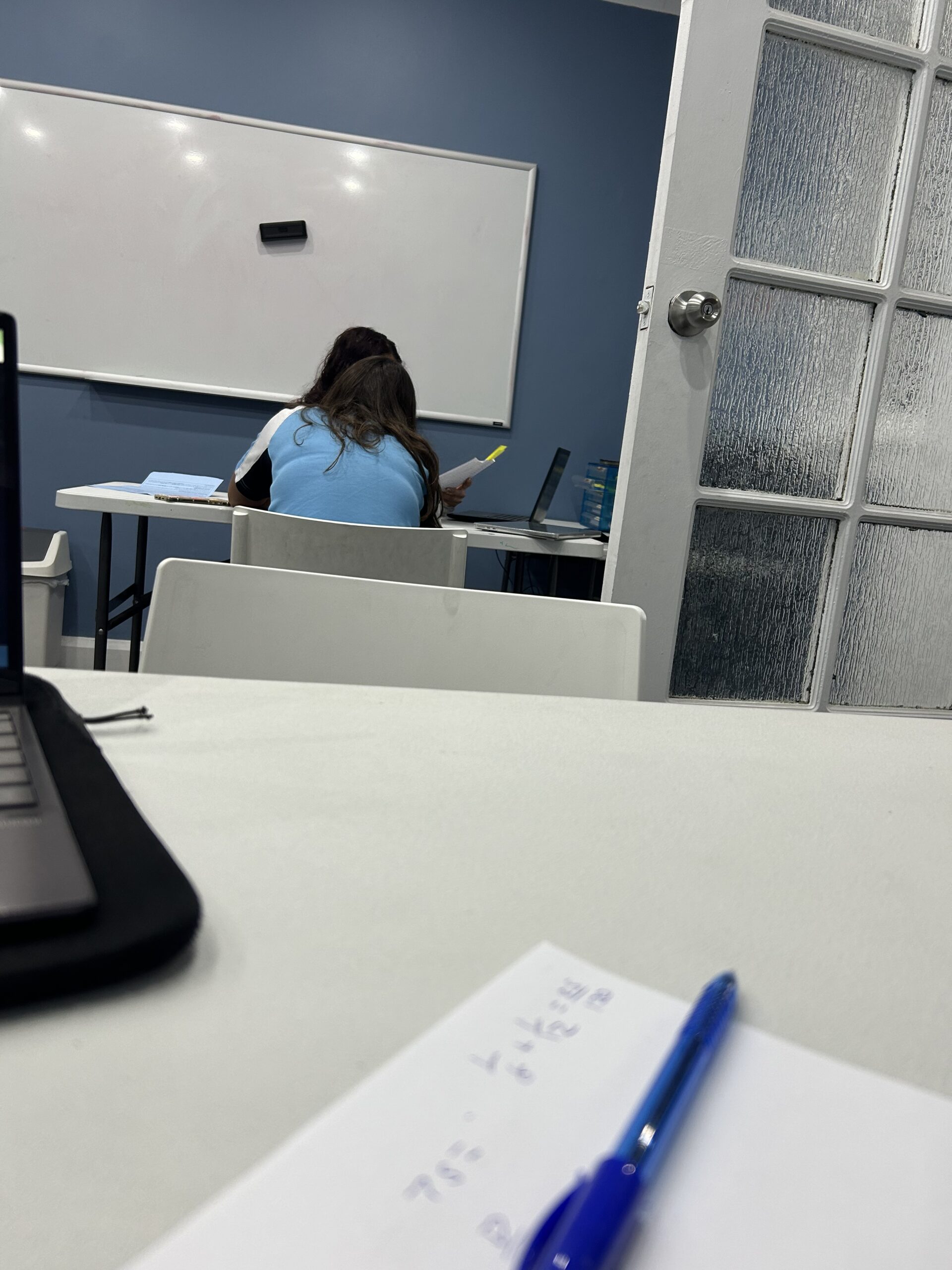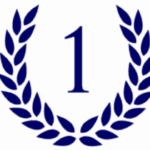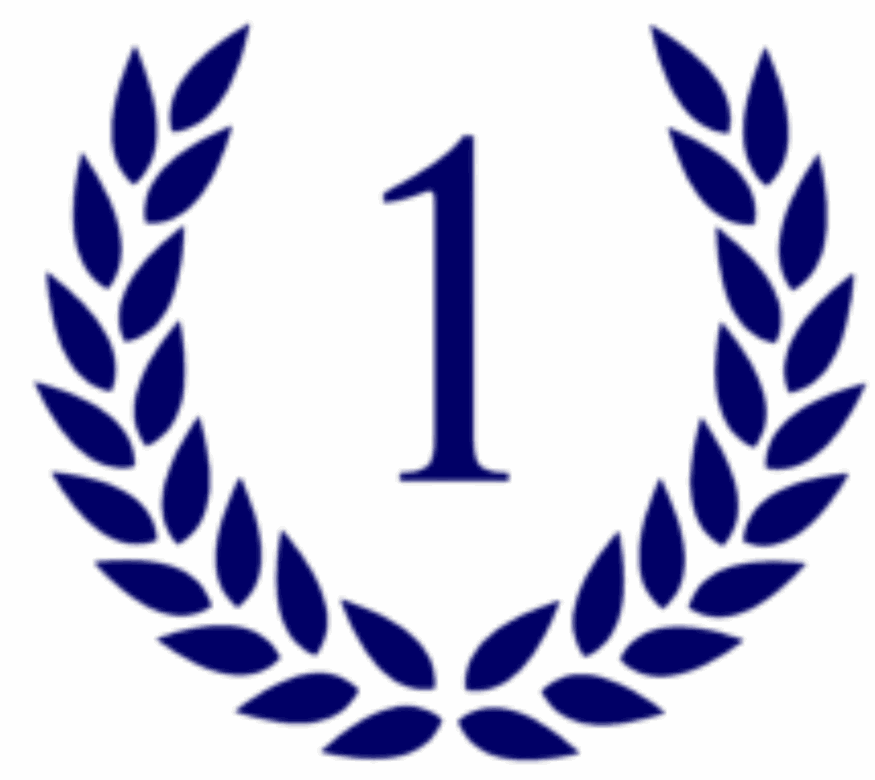
I had the opportunity to observe Katreen’s YR7 English session today. The session centred around the distinction between primary and secondary sources and how to go about analysing these sources. Katreen explained the differences between a primary and secondary source, with a primary source being the original first hand account and a secondary source being one that analyses a primary source in one way or another. She identified many examples of both primary and secondary sources with the student, to make the distinction clear.
This was followed by a quick quiz to really consolidate the students understanding, in which she answered all questions correctly. They then looked at analysing some primary and secondary sources and developing some short responses to some source-based questions. Katreen effectively prompted the student to develop their own answers, rather than simply giving them the answers to these questions. When the student asked questions, she hinted at the answers and guided them towards the desired answers, which was another effective method to consolidate the students understanding. I find this method personally effective, opposed to the ‘spoon feeding’ teaching method that we often are exposed to in school. It enables students to truly integrate their own critical thinking skills, as would be required in exam-like environments. Overall, it was a great session to observe, and I look forward to integrating some of the new techniques I’ve developed in my own teaching.
Kieran Fung

